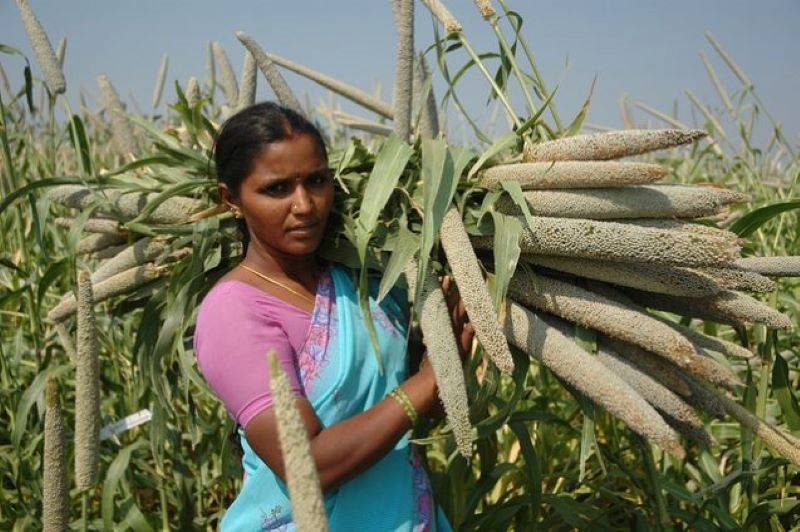
Data published in the Agriculture department's 'A Compendium of Agricultural Statistics - Kerala 2023,' released last week, show that the area under ragi (finger millet), jowar (Sorghum), and other millets has declined since the early 2000s, with signs of a revival visible after 2016-17.
Kerala had 1,320 hectares under ragi in 2002-03, with a yield of 1,068 tonnes. They were reduced to 230 hectares and 330 tonnes in 2020-21, respectively. Cultivation reached a low point in 2016-17, with total ragi area down to 33 hectares and production reduced to 42 tonnes.
According to the compendium, the case of jowar was similar. The cultivable area expanded from 2,571 hectares (output 1,311 tonnes) in 2002-03 to 3,083 hectares in 2007-08, but then began to decline. Kerala had 231 hectares of jowar planted in 2020-21, with a production of 204 tonnes. Even so, this is the product of government initiatives that assured a gradual growth once the area under jowar was reduced to 140 hectares by 2016-17.
Other small millets cultivation has also decreased, from 62 hectares in 2012-13 to 51 hectares in 2020-21, and production has decreased from 61 tonnes to 38 tonnes. Millets receive global and national attention - According to Agriculture department officials, 2023 is being recognized as the International Year of Millets - as potential "superfoods," and government initiatives such as the Millet Village scheme in Attappady have helped promote public awareness.
''The area under millets indicated a rise last year (2022-23) as well, although the official figures have yet to be published,'' says George Alexander, who supervised the work on the compendium until recently as Additional Director of Agriculture (Planning). Statistics presented in it indicate an intriguing fact. While agriculture area has decreased, per-hectare productivity has grown. Ragi productivity per hectare has increased from 809 kg in 2002-03 to 1,431 kg in 2020-21.
Alexander attributes this to a greater emphasis on scientific farming techniques. Post-harvest processing of millets, on the other hand, remains a concern in the state, he notes. Millet cultivation in Kerala has primarily been limited to Palakkad, Wayanad, and Idukki, which have considerable tribal populations. However, the Agriculture Department intends to expand their cultivation.
The State Budget for 2023-24 has set aside 3 crore for developing millet growing as part of a 'Crop diversification, intensification, and introduction' scheme. According to the State Plan 2023-24, if a designated area is judged to be inappropriate for millets, it will be used to cultivate cowpea, green gram, black gram, oilseeds, sesame, or groundnut.









